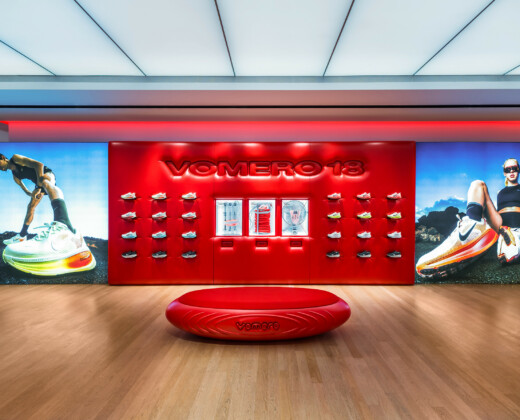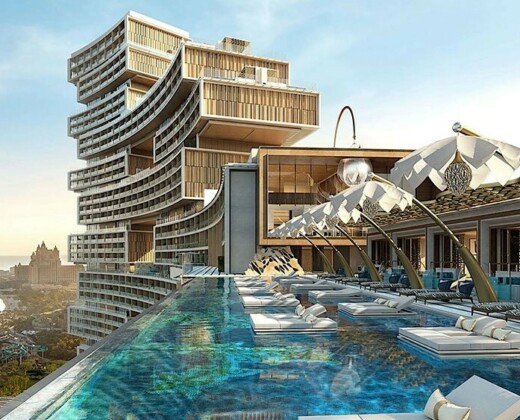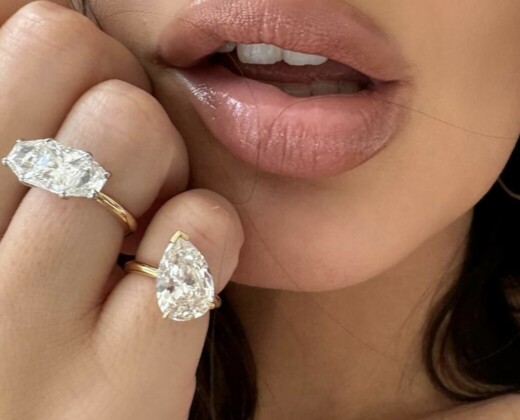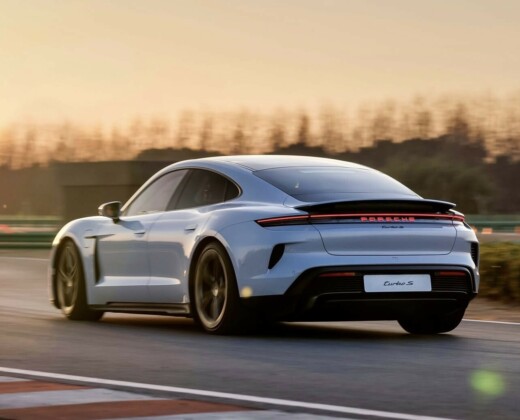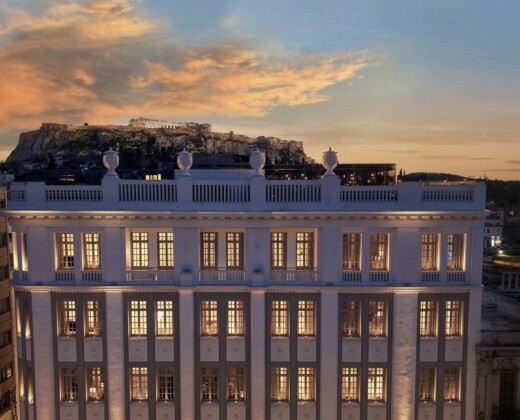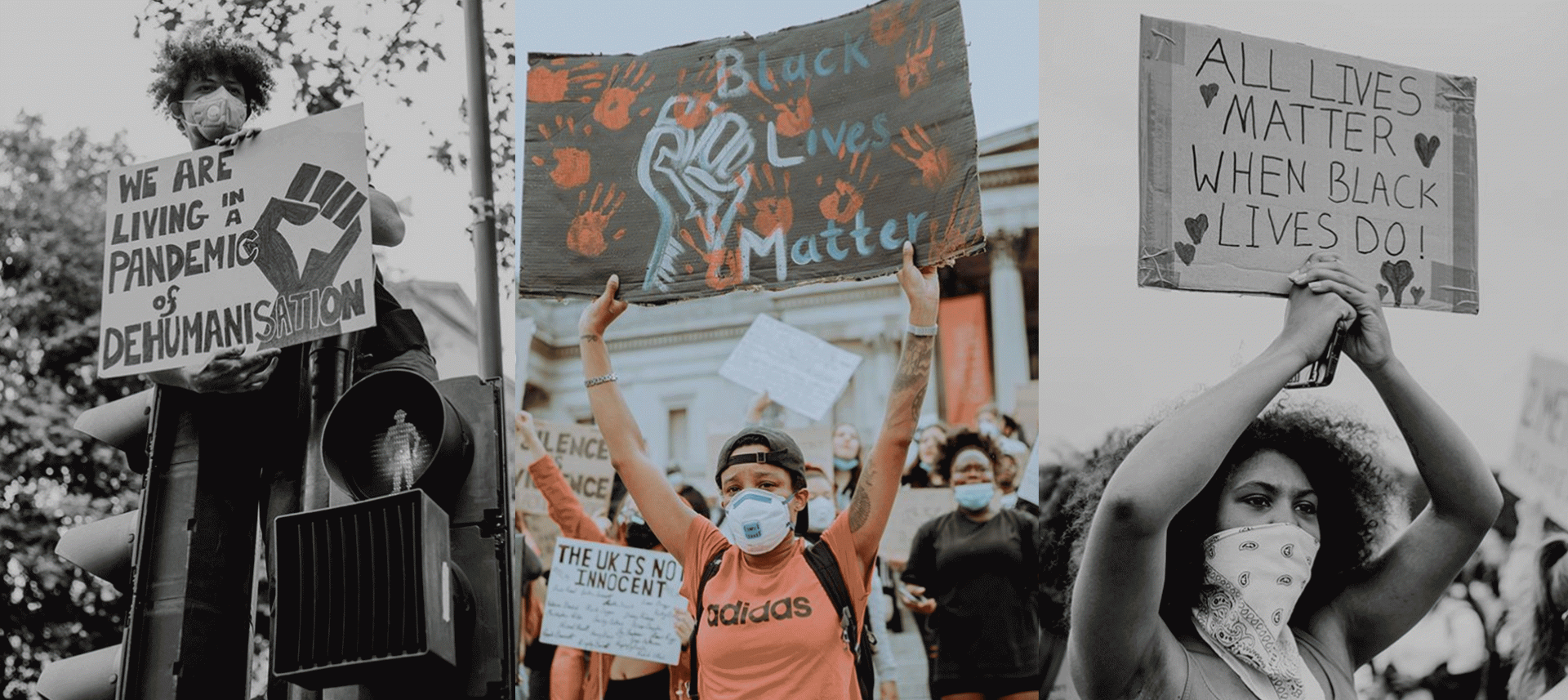
The last few days of May have become part of history. George Floyd is the name appearing all over the news and Internet with the hashtag . The death of yet another black American man in the US, by the hands of police, sparked anger among the community who witnessed the explosion of protests and riots.
‘I can’t breathe’ and ‘Hands up, don’t shoot’ are the words echoing in the peaceful demonstrations which have drawn people from all 50 states in the US and many countries abroad to call for police reform and justice.
History seems to unfold yet again in a similar pattern to the Civil Rights Movement of the 50s/60s: just like the killing of activist Jimmie Lee Jackson in 1965, George Floyd’s death has become a symbol of the racial injustice in America.
Fifty-five years after the (in)famous Bloody Sunday and the marches led by Martin Luther King Jr, a new generation of protesters is still fighting for justice. A battle which is necessary to definitely end racism and save millions of lives.
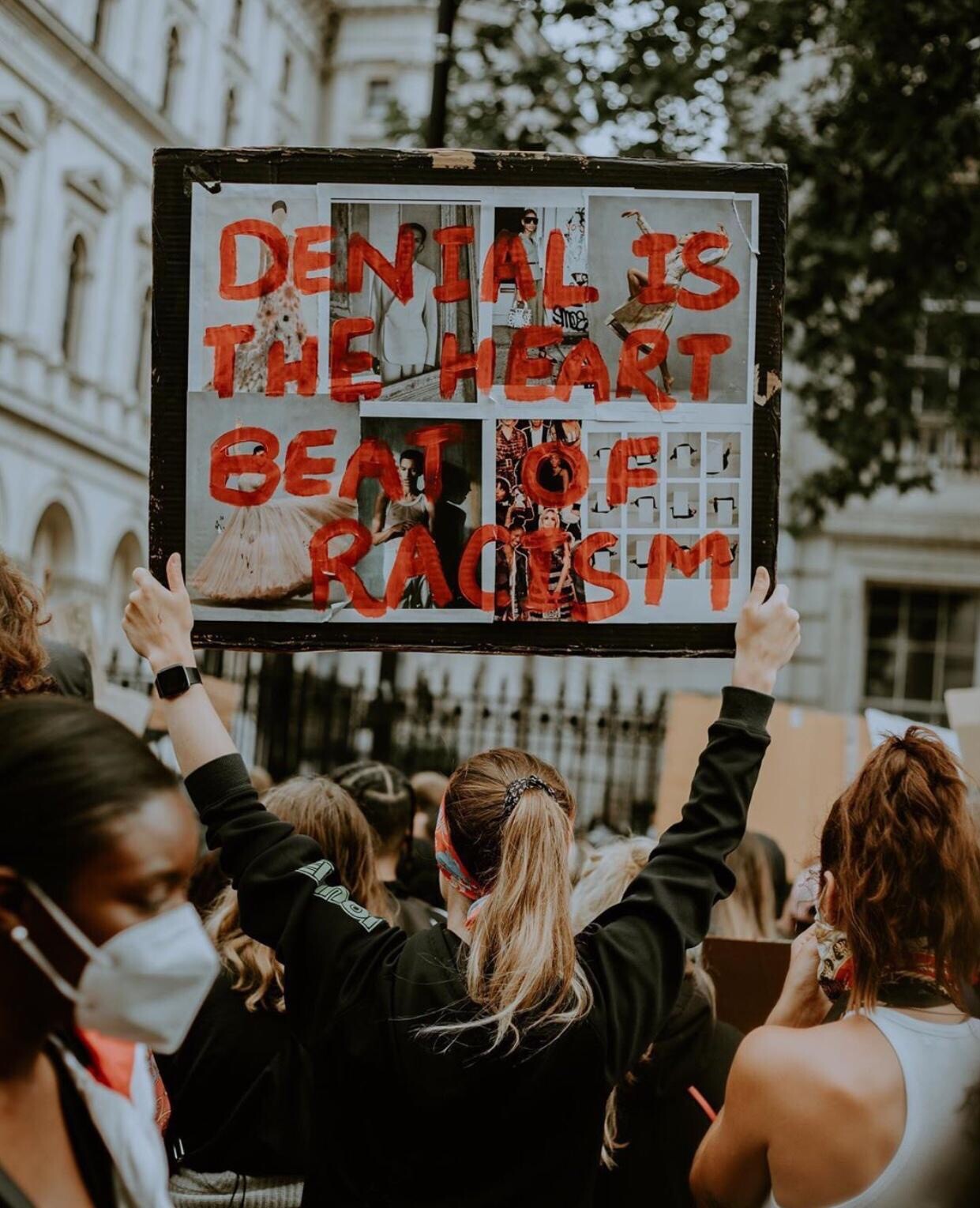
Unlike the Civil Rights Movement, George Floyd’s protests have received wider support, including people from every country and race. While the demonstrations in 1968 culminated in the deaths of Afro-American Unity founder Malcolm X and Martin Luther King Jr, the protests of 2020 are fuelling the anger from the latest victims of police brutality to bring change.
As new investigations over Floyd’s death are still underway and protesters all around the world keep calling for justice, here’s a timeline of the major events that took place since that day.
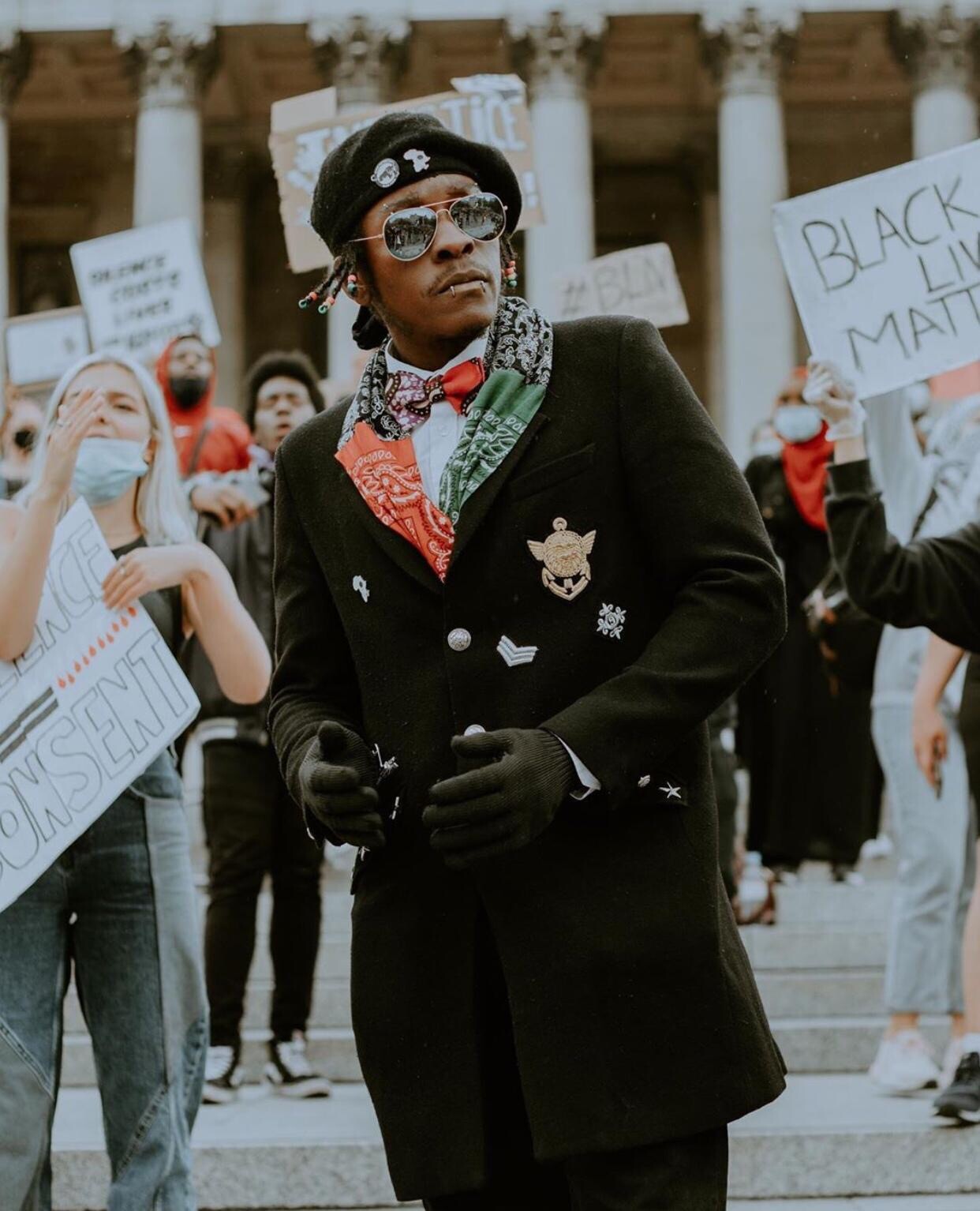
Monday, May 25: George Floyd dies in police custody At 8 p.m. during Memorial Day, George Floyd, 46, is arrested by four officers after allegedly using a fake $20 bill at the local Cup Foods in Minneapolis, Minnesota. A disturbing video is posted on Facebook, showing Derek Chauvin kneeling on Floyd’s neck for eight minutes and 46 seconds as he repeats to them ‘I can’t breathe’. He dies in police custody after losing consciousness. The clip of the event quickly goes viral on the Internet.
Tuesday, May 26: The demonstrations start in Minneapolis The community in Minneapolis gathers on the site of the incident, marching towards the Third Police Precinct and demanding justice with the first of many protests. Ben Crumps, civil rights attorney, announces that he will be representing Floyd’s family. Soon after, the four officers involved in the accident are fired as an investigation is opened over the causes of Floyd’s death.
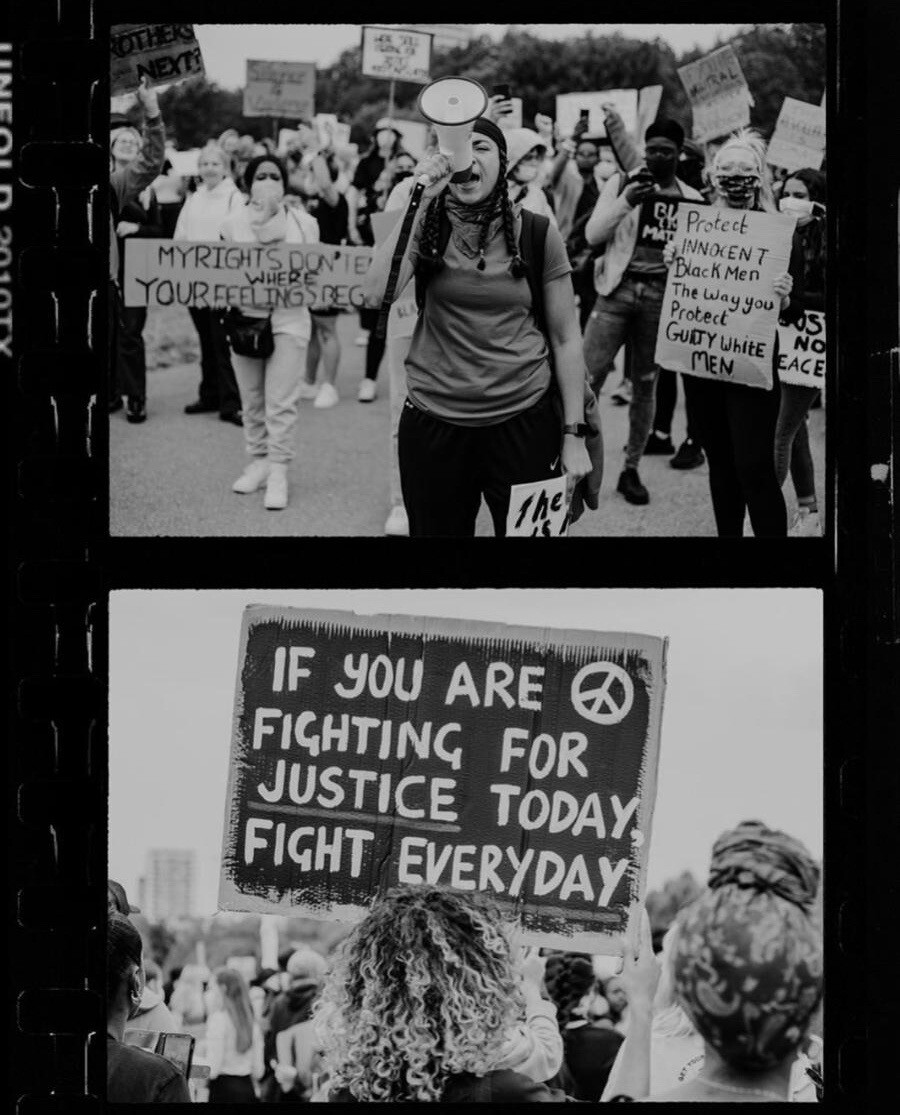
Wednesday, May 27: Violence breaks out After the first night of protest which culminated in some local shops looting (Target) and fires, the peaceful protests in Minneapolis turn violent. In an attempt to disperse the crowd, cops shoot rubber bullets and tear gas at the protestors. News reporters are also subjected to arrests and attacks from the police. Many are left injured, others are arrested. The frustration on social media grows higher.
Thursday, May 28: Devastation and National Guard The day after the second night of protest saw the community come together to heal the damages of the previous riots. In fact, many small and big businesses were vandalised and firefighters were still trying to control several blazes across the city. In support of the protesters, many other cities – such as New Jersey, Miami, Los Angeles, New York – join the demonstration as tensions escalate. The Minnesota National Guard is called in to re-establish order, likewise in the other participant cities.
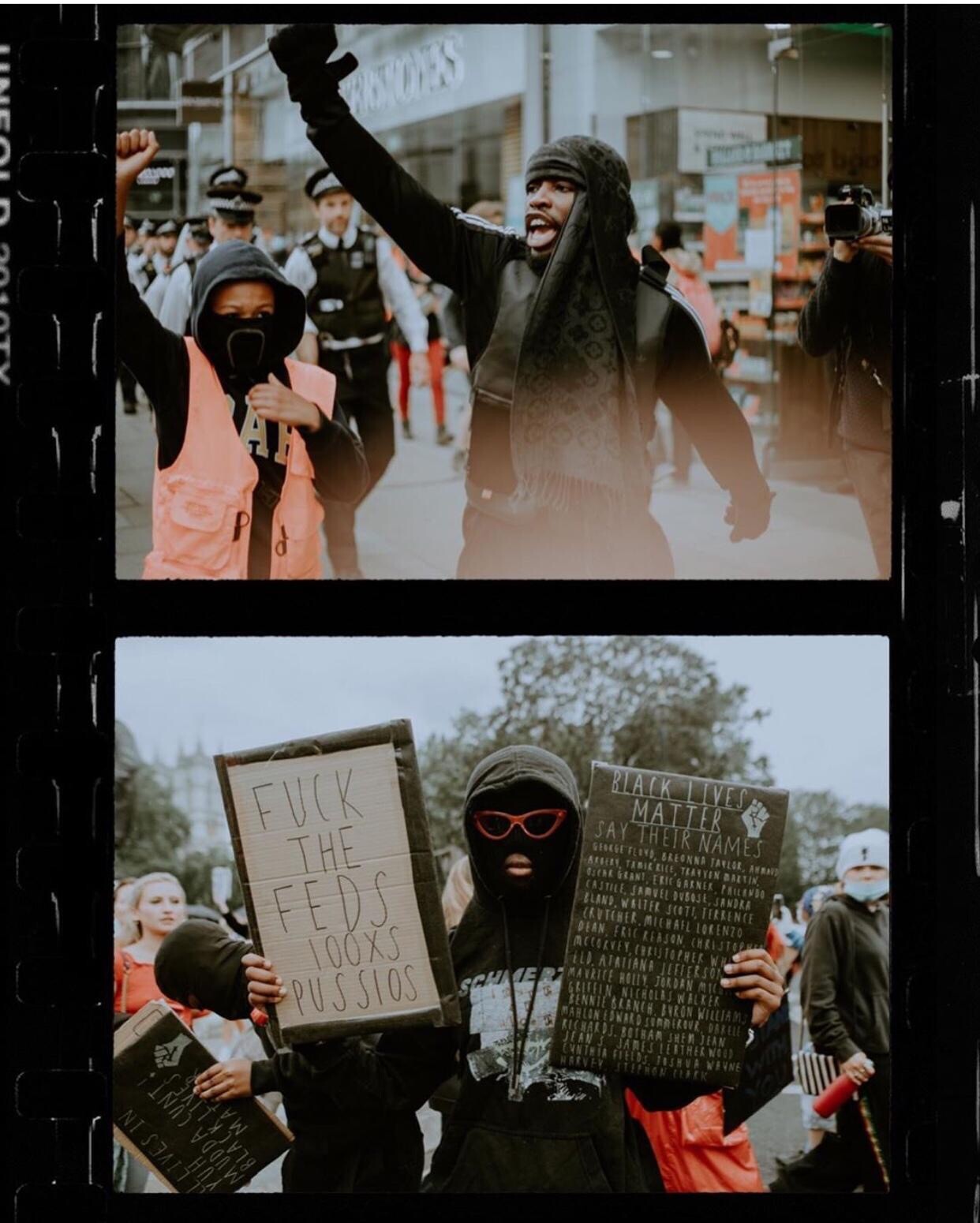
Friday, May 29: Derek Chauvin’s arrest and strict curfews Derek Chauvin, the officer filmed kneeling on Floyd’s neck, is arrested and charged with third-degree murder and second-degree manslaughter, with a maximum of 35 years in prison. Floyd’s family, along with the supporters of the movement, call for first-degree murder charges and that the remaining three officers be arrested and charged as well. As the protests continue, flowers, letters and candles are left underneath a mural painted in honour of Floyd in Chicago. Many petitions are signed in aid to all the families who have lost a loved one by the hands of police. Meanwhile, entire communities in the US keep protesting, facing attacks from the police. The government issues the application of curfews to dozens of cities as the demonstrations feature both violence and looting. In an attempt to address the problem, President Donald Trump, sparks controversy after tweeting that ‘when the looting starts, the shooting starts.’
Saturday, May 31: The White House shuts off and Anonymous joins the protests Trump’s statements on both social media and press releases infuriate protestors who march towards the White House. Although thousands protest peacefully across the country, many recur to acts of vandalism and clashes with the police near the White House. Here for the first time in ages, the White House shuts its lights off. Meanwhile, Trump heads to a bunker, which he later reveals ‘needed a check’. On the Internet, Anonymous, a group of hackers known for its various cyber attacks against several governments, exposes some facts on the Trump-Epstein rape lawsuit. The group later posts a video in which they state: ‘We are anonymous. We are a legion. We do not forgive. We do not forget. Expect us.’
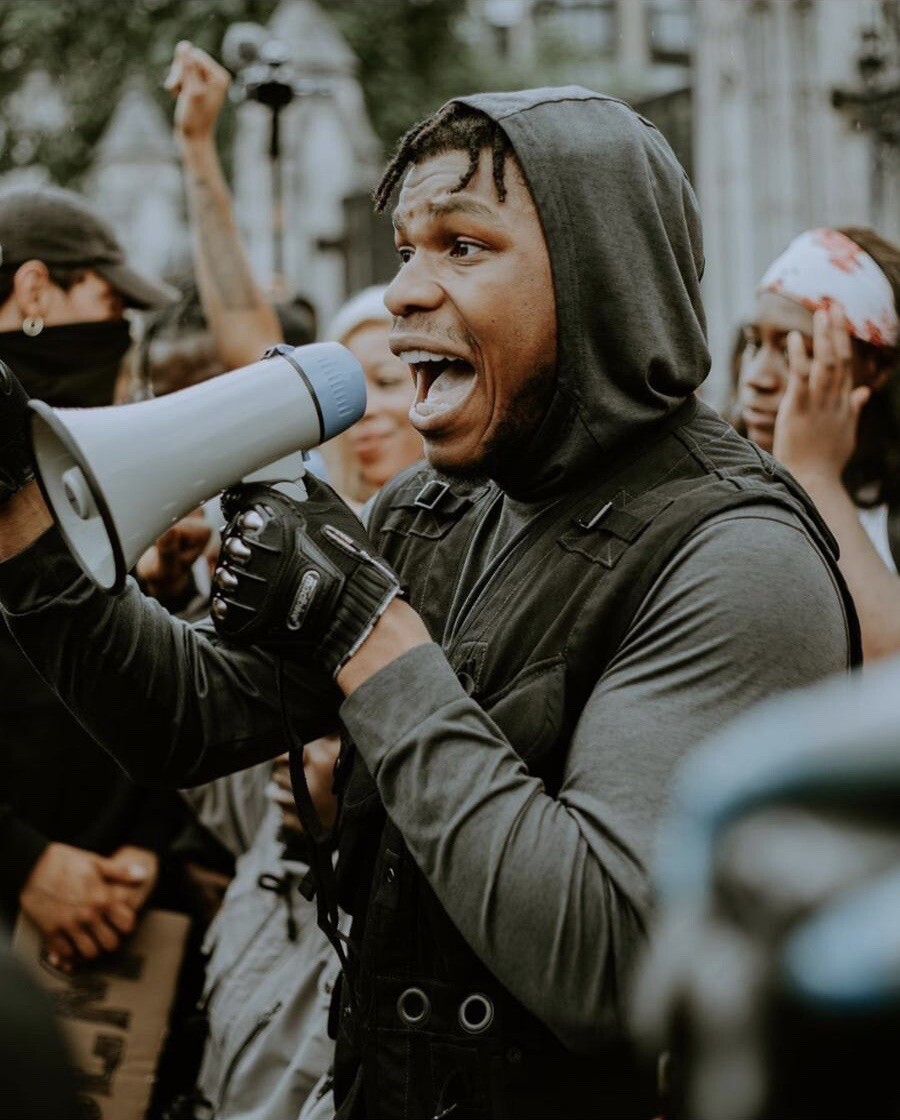
Monday, June the 1st: London joins the protest and the autopsy results are revealed After an independent autopsy, Floyd’s legal team states that his death was caused by asphyxia, thus confirming it as a homicide. The latest revelations, along with videos of police assaulting peaceful protesters shared on social media, spark attention to the rest of the world. In London, the marches start in Trafalgar Square with thousands of people showing their support to the Black Lives Matter movement. The protesters then gathered near the U.S. Embassy and in Downing Street with signs that state: ‘The UK is not innocent.’
Tuesday, June 2: The protest spread worldwide A week of protests goes by. Streets are turned into a battlefield as the police don’t hold back their attacks. In support of all the communities, cities from all over the world join the movement. Paris, Berlin, Amsterdam, Buenos Aires and many more march against police brutality and racism. People share their messages of solidarity on social media during the controversial .
Full video of John Boyega speech on Evening Standard
Wednesday, June 3: Hyde Park’s protest and all 4 officers charged In London, the demonstrations move to Hyde Park: here a huge crowd of thousands of people breaks lockdown restrictions to show their support to the BLM movement. Each one observes the two-metre distancing rule as they hold signs that say ‘Black Lives Matter’ and ‘No Justice, No Peace’. Among them, actor John Boyega (Star Wars Trilogy) gives an emotional speech about George Floyd’s death. He, tearful, states: ‘We are a physical representation of our support for George Floyd. I need you to understand how painful this s**t is. I need you to understand how painful it is to be reminded every day that your race means nothing and that isn’t the case anymore, that was never the case anymore.’ Boyega addresses the importance of securing a future for black families, ending his speech with a bold statement: ‘We can all join together to make this a better world. We can all join together to make this special.’ Later that day, the news report that the other three officers involved in the incident were charged for aiding in the second-degree murder and manslaughter.
Thursday, June 4: George Floyd’s funeral in Minneapolis The North Central University in Minneapolis holds Floyd’s memorial, filled with hope and calls for change. It is a national ceremony. At the funerals, besides Floyd’s family stand black personalities such as Martin Luther King III, Rev. Jesse Jackson, Democratic Minnesota Rep. Ilhan Omar, Rev. Al Sharpton and actor Kevin Hart. Meanwhile, the rest of the country prays together, honouring his life in local memorials. Following these impactful events, the world is experiencing, once again, a revolution. With worldwide support, the possibilities of bringing a new reality are infinite. Change is essential to avoid remaking the same mistakes of the past.
Check out more photography on the Instagram account @zek.snaps
If you wish to join the movement and protest, there are peaceful protests planned in London on June 6th and 7th. Parliament Square, London on Saturday, June 6 at 1 pm and the US Embassy, London on Sunday, June 7 at 2 pm. In Manchester, there is a protest planned to kick start at 1 pm, on Saturday, June 6, in Piccadilly Gardens.
If you attend the protest you need to ensure your safety as we still have a pandemic out there. Before you go out to protest ensure you have done the following:
Wear a mask and Gloves.
Adhere to social distancing guidelines.
Pack a handy pair of goggles or any eye protection to protect from teargas.
Ensure you have a form of identification and emergency contact information.
Wear a mask and Gloves.
Adhere to social distancing guidelines.
Pack a handy pair of goggles or any eye protection to protect from teargas.
Ensure you have a form of identification and emergency contact information.
Words by Gennaro Costanzo
Graphics By Katie Janes



